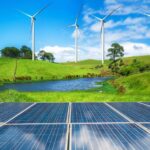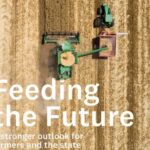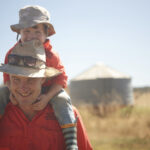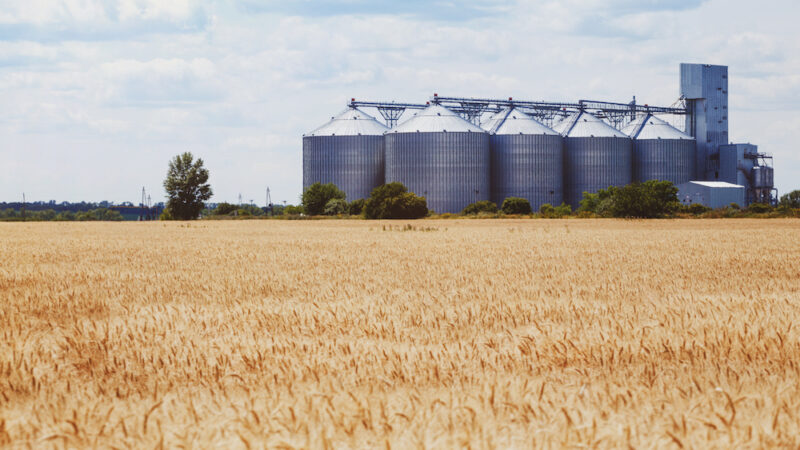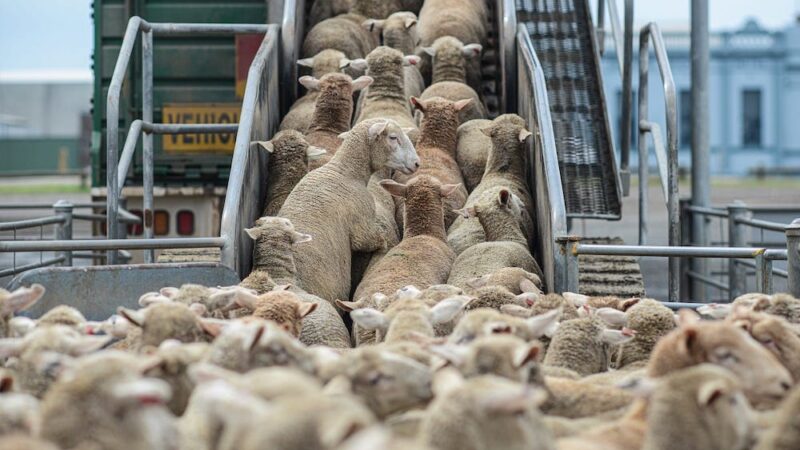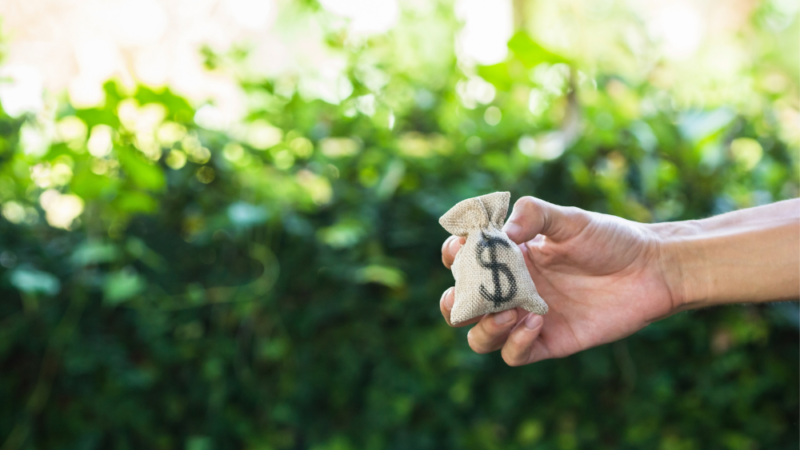Renewable energy zones, energy transmission infrastructure and coal seam gas extraction were all raised as…
NSW state election could swing either way
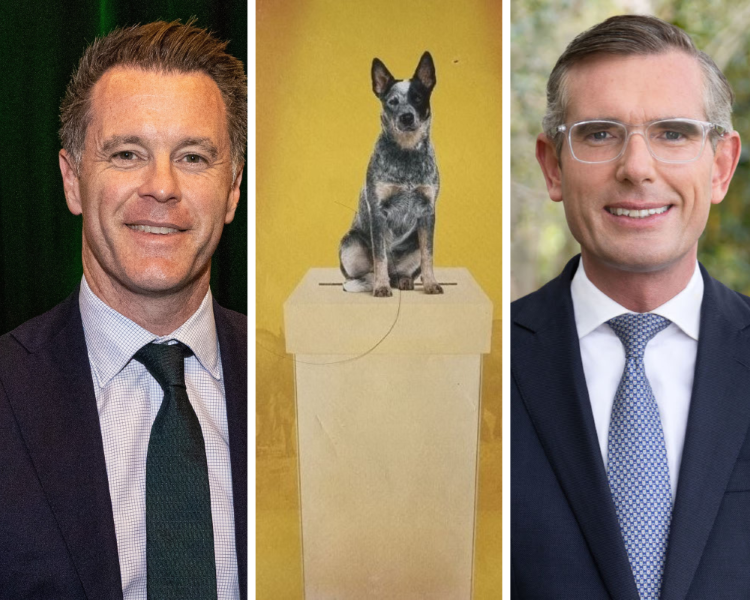
On March 25, the people of NSW will go to the polls for the state election to determine which party will form the next State Government.
The Liberal-National Coalition, led by Premier Dominic Perrottet, is attempting something no conservative government has ever done in NSW: to be elected for a fourth term.
Leading the Opposition is Chris Minns, who holds Labor�s most marginal seat of Kogarah in Sydney�s south with only a tiny lead over The Liberals.
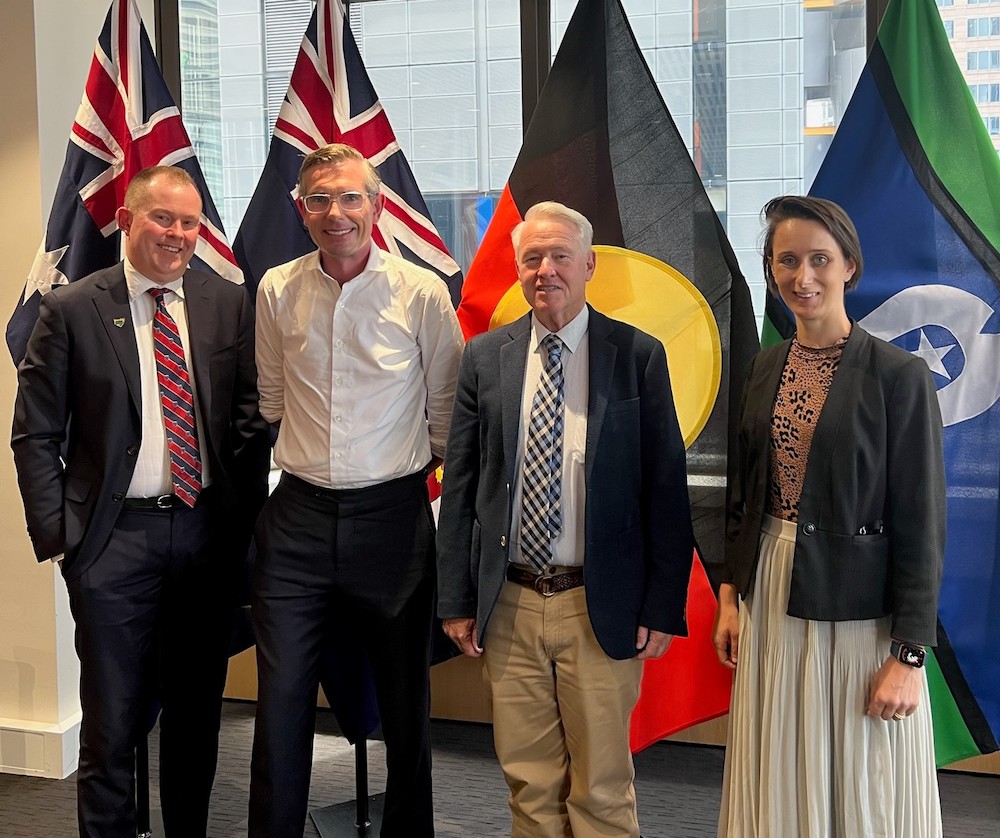
These two leaders both face daunting tasks, and both are unlikely to hold an outright majority in the Legislative Assembly without some sort of election day miracle.
Managing to govern from minority is an incredibly difficult thing to do, and while it was one of the skills former Premier Gladys Berejiklian possessed, her successor hasn�t quite managed to reach MPs � or voters � on both sides in quite the same way.
Without a doubt, Perrottet enters the campaign from a weaker position than Berejiklian held in 2019 and must overcome the weight of incumbency � the tendency of any government to bleed votes at each election. On the other side, Minns is fighting two battles: to not only return Labor to government, but also to save his own seat. Indeed, there is a very real possibility that Labor could win while Minns loses.
A tumultuous term
In 2019, Gladys Berejiklian defied expectations to return for a third term of government, and in the process became the first woman to be re-elected Premier of NSW.
She held a majority on day one, but then a global pandemic radically changed life in NSW almost overnight. While many praised Berejiklian�s handling of the health crisis, it wasn�t enough to weather the storm of political drama.
The government suffered several blows during this term � some of its own making � and by the time Berejiklian fell during an ICAC inquiry (that has yet to deliver its findings), the government had lost its majority.
There was also the very public stoush between the Coalition partners � the �Koala Wars� � which saw Member for Port Macquarie Leslie Williams defect from The Nationals to The Liberals.
Then Deputy Premier John Barilaro and Transport Minister Andrew Constance both resigned amid rumours of federal ambitions and fought a bitter battle in the media. Ultimately, Barilaro�s seat would be retained by the Nationals while Constance�s seat went to Labor.
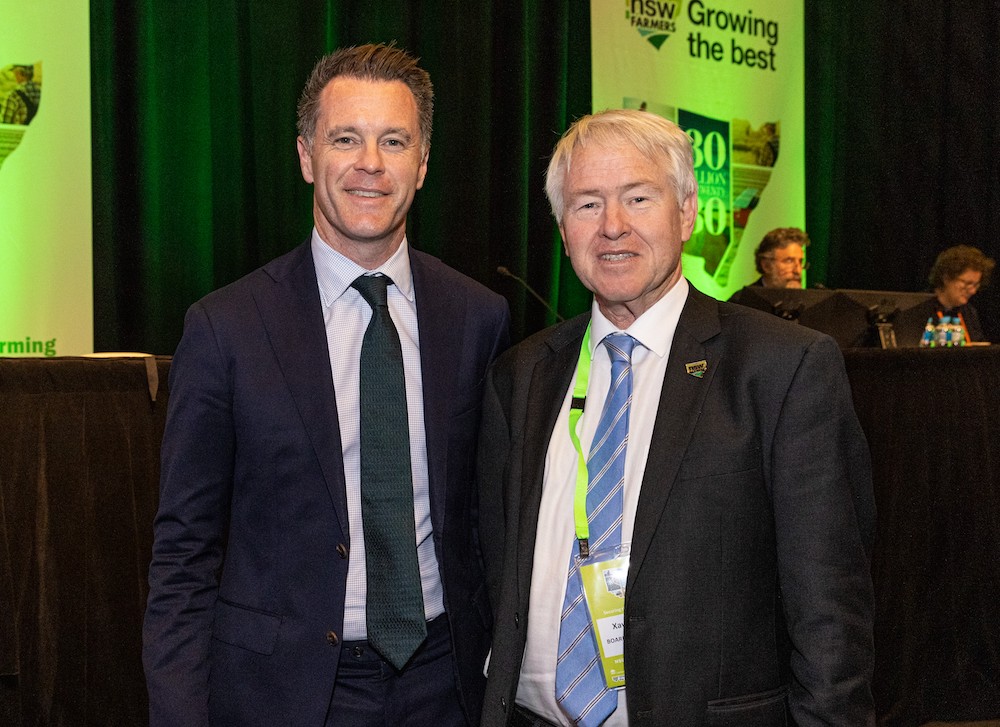
Two other Government Ministers � Gareth Ward and John Sidoti � also became the subject of scandal and left both Cabinet and the Party Room.
However, the Coalition was not alone in dealing with political headaches. Labor lost Member for Bankstown Tania Mihailuk to the crossbench (and then to One Nation) during a pre-selection stoush with a fellow frontbencher. And the Shooters, Fishers and Farmers party saw all three lower house MPs leave the party to become independents after controversial comments made by leader Robert Borsak in the Legislative Council.
The result of all this turmoil sees Labor enter the 2023 election with a far stronger position than the Coalition, but whether it can claim the nine seats required to form majority government is another matter entirely.
Hung out to dry
A �Hung Parliament�, where neither side holds an absolute majority in the Legislative Assembly, is the last thing any leader wants. The ability to deliver on promises made during a campaign is greatly reduced, and any major legislative reform becomes almost impossible without major concessions to the crossbench � to the MPs from minor parties or independents sitting on the crossbench.
At the moment, there are three true independents on the crossbench: Sydney�s Alex Greenwich, Wagga Wagga�s Joe McGirr, and Lake Macquarie�s Greg Piper. This trio have worked well together during this term of government, but a potential spanner in the works is the rise of the �teal� independents, a movement of traditionally conservative candidates with progressive ideals.
During the 2022 Federal Election, high-profile campaigns backed by billionaire wallets saw six Liberal MPs ousted by teals, including Treasurer Josh Frydenberg.
While some have suggested a similar �Teal Wave� at this state election, there are two major hurdles: the most obvious one is the strict spending cap that attempts to ensure wealthy candidates cannot buy an election by overpowering opponents. This will be a major hinderance to any teal as they will not be able to use the full power of those very large campaign war chests.
But perhaps the biggest challenge will be the state�s �optional preferential� voting system.
At the Federal Election, people had to number every box in order to cast a valid ballot. But in NSW, voters can choose to number only one, or two, or three boxes.
This disrupts preference flows and means support for independents quickly �exhausts� unless they are wildly popular in their own right.
In the end, there is no clear path to victory for either side at this state election. No conservative government has ever gone four terms in NSW, and while the �teal factor� is still an unknown, it is unlikely to secure victory for Labor in quite the way it did federally last year.
If you enjoyed this story on the upcoming state election, you might like to read our feature on farmers’ primary concerns for the election.


